This week we had the honor to interview Gagan Daga, CEO of Str8bat, a leading wearable tech startup for pro cricket teams.
Show Notes: Through this interview, we touched on his background, and his role at Str8bat. We also talked about his startup, his product, how it benefits for sports organizations. We also discussed his plans for the next 12 months, including his plan to expand into other sports.
Video: Str8bat
Best Quotes: Here’s some of the key discussion points and best quotes from our conversation with Gagan:
- On his background: “I come from a typical Indian background. I grew up in the Eastern part of the country in Kolkata, a beautiful city and like many millions aspiring to play the game of cricket at the highest level. In India we are obsessed with three things: One is cricket, the next is Bollywood and the third is food. More than 650M people in India watch cricket on a regular basis (..) I didn’t work hard enough to play the game at the highest level, and like many millions, I pursued a technical career as an engineer. So I ended up working as an engineer in the Silicon Valley of this part of the world in Bangalore, the South part. I did my engineering degree and joined a company called Infosys. Then I worked for 15 years for SAP. I did a host of things there from being an architect and I was leading the strategy and operations in India, then I led the initiatives for Asia-Pacific, Japan”.
- On how he got the idea of Str8bat: “Then at the age of 35, I think the midlife crisis hit me so I started asking myself some fundamental questions about what I wanted to do in my life. I wanted to have a more intellectually stimulating environment to get answers to these difficult questions, so I applied for an executive leadership program at INSEAD Business School in Fontainebleau, France and Singapore. It was a life changing experience for me, and I thought that I would get answers there. So in my Blue Ocean Strategy class, I conceptualized Str8bat. The question was: How do you create a product which doesn’t exist to address the need of a market, which has been existing for many years? This is how Str8bat was conceptualized”.
- On how he combined his passion for cricket and engineering: “Aside from cricket, which was my unfulfilled dream, the next big thing for me was engineering, application of sciences, understanding how the world works. I think I ended up marrying the two to create something which is probably very meaningful for any aspiring cricketer or a club cricketer, or an amateur cricketer who plays the game”.
- On his wearable sensor that helps cricket players to improve their game: “Playing better is the first principle on which the entire sports industry is built, because everybody who plays the game wants to play better. But since the inception of any sport playing better has always been very abstract. You can do this, you can do that, but there’s not no objectivity, and there’s no instant feedback. What you cannot measure, you cannot improve. That was my awakening moment if you will. How do you create something which helps you measure your skill and gives you recommendations to improve in a very easy to set up and non-expensive way? Cameras became big in the world of sports in ’80s and ’90s, and now you have amazing experiences because of high definition cameras, beautiful technologies like Hawk-Eye and so and so forth, but camera set up is intensive and expensive. 36 cameras are needed to have a complete 360 degree view, so a normal player would find it rather difficult. So what we now do is that we built an IoT device, a little sticker which goes behind the cricket bat. It is a completely non-intrusive and it captures motion without cameras. It gives you instant feedback about your game, impact speed, sweet spot, bat speed, bat angles, different levers for improvement, and a complete 360 degree view of each and every shot you have played, with just one little sticker”.
- On how some of the best Cricket teams (e.g. Cricket Australian, Rajasthan Royals) use their wearable sensor today: “We have very esteemed customers such as The Rajasthan Royals and Cricket Australia. These customers have really pushed us to the limit. Today we have more than 2,000 players playing with it, and more than half a million shots recorded on our platform”.
- On the recent launch of its consumer product: “Ten days ago, we launched a consumer product which can be bought by anyone. They can use it and enjoy the game and improve their game. We have around 20,000 people who have pre-ordered it”.
- On the app and dashboard that they provide to pro teams: “With our wearable sensor, we offer a dashboard as well as an app. Concretely the data gets transferred to the phone via Bluetooth, from the sensor to the app, and you have the entire analytics on your fingertips. What we do for the elite is that we help them during the camps, we build custom dashboards, we make the recommendations, and we make it part of their overall tactical and skill improvement programs, talent profiling, talent identification and talent improvement programs. So there’s a complete package of services that we offer, but the product remains the same”.
- On the benefits for teams to use their wearable sensor to improve players’ performance: “What we’ve heard from our customers is that it’s very easy to set up. It doesn’t require a huge amount of complex settings with laptops and so on. None of that. Then what has happened is that they’ve discovered different levers of improvements. I’ll give you an example: A four degree shift in a bat lift angle when you lift the cricket bat, same as in baseball, can make a big difference. In cricket the stance is very important, so a four degree shift in bat lift angle increased the bat speed by 21% and impact speed by 27%. We have seen players improving significantly. The balls which were getting caught on the boundary is crossing the boundary because of some of the players’ batting which had become more efficient for them thanks to our solution. We have also seen that players play differently when they practice compared to when they play live matches. They do not practice the same way in practice compared to live games. This was a great insight for the coaches and for the teams. There are a host of different levers of improvement, which the teams have discovered, so we help them improve their hitting skills, and different levers. Some small changes have made a huge difference. This is something that we have seen time and time again”.
- On how teams use their product for scouting purposes: “Our product can be used for talent development, but now that the teams understand the metrics, they can understand what the baseline for each player is, which is required to consistently hit the white ball across the boundary. They now know what benchmarks to look for, and what baselines to look for when they’re looking for a particular talent profile”.
- On the use of technologies in the world of pro cricket: “There’s definitely a lot of data crunching happening, especially in some leagues such as the IPL, (Indian Premier League), and even at the international level. Video analysis has become a big part of it, but teams are also using wearable devices for things like strength and conditioning, preventive injury management, and so on and so forth. Some products from the US are also being used here for sleep monitoring (Oura Ring) purposes”.
- On how some Cricket teams are visiting US MLB teams to learn from baseball and vice versa: “I know that a lot of pro cricket coaches went to the US to understand the world of baseball, because there’s so much science in it. They want to decrypt it so they can bring that first principles of hitting into the game of cricket. These games are totally different. In baseball, the ball doesn’t pitch onto the ground and here it pitches right. It makes a huge difference, but how your base has to be, how much stability you can bring in, the center of gravity, movements, efficiency and so on and so forth. I think there are a lot of coaches who are learning from the game of baseball and coming in. Vice-versa, I saw a baseball team that touring Australia to understand the game of cricket”.
- On his pricing model: “For our consumer product, you have to pay a very nominal price to buy the product, and then you have to pay a subscription, which is per month, yearly, or quarterly. This product is the same for both consumers and pro teams, but the service offering is different, so with teams, it is based on an annual contract, which has an unlimited user license. For the consumer product, in the US, where we have not yet launched, the pricing has not been fully defined, but it would be a solid $70 to buy the product and consumers will probably have to pay around $5 a month for subscription (..) For our teams’ product, we can integrate the data with teams’ AMS systems. That’s part of the whole portfolio of services we offer to teams”.
- On his plans for the next 12 months: “We just launched a consumer product, which is very exciting. So we want to really scale up, and gain more traction. Since it’s a consumer tech, it requires some serious money now. We have worked on this for the last four years, we got a solid product market fit, we got credibility, and our spend has been less than half a million dollars. That’s some frugal engineering and frugal product market fit, and now we need some serious money to really expand into multiple geographies. So the next 12 months are all about growth, which will require obviously an investment round. Within 12 to 18 months, we will venture to create products for more sports. We have not finalized our plan there yet. There are a couple of choices we are toying around with, we are doing a market study, but the idea there is that we don’t believe that one player can do it all – it’s just not possible, both from a product and also a market perspective. What we want to do is to be a platform for sports motion capture without cameras, and open up our APIs so that anyone who wants to do this for skiing, for example, can use our hardware, software and build a skiing specific solution on top of it. That’s the whole North Star. We are right now in discussions with a few folks for our next round of financing. We’re looking to raise $3M to $4M in this round and we’ll take it from there, so that’s the idea”.
- On how to contact Gagan: “I’m just an email away, gagan@str8bat.com,. You know, I typically reply in less than 12 hours, we’ll be very happy to take up any leads there”.

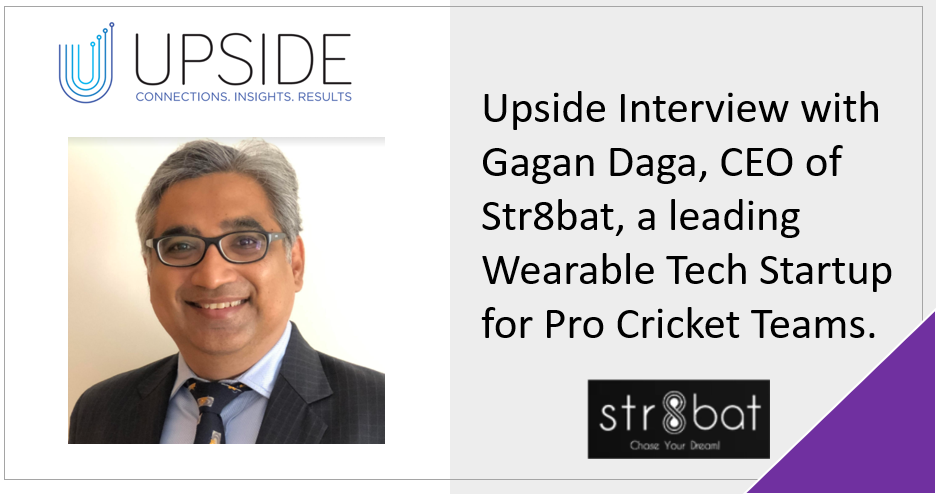

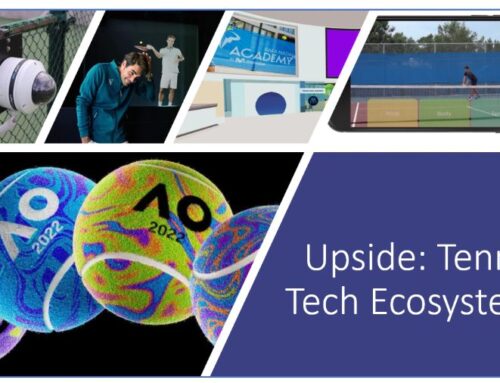
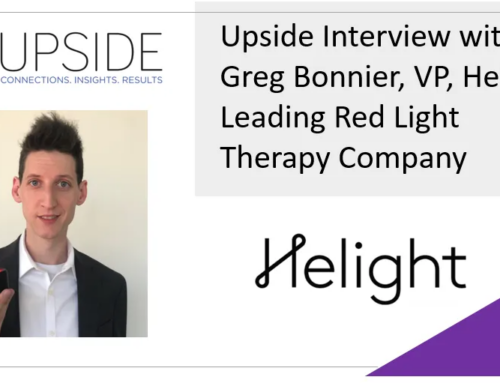
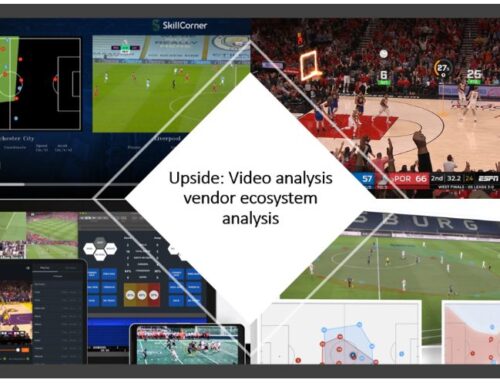
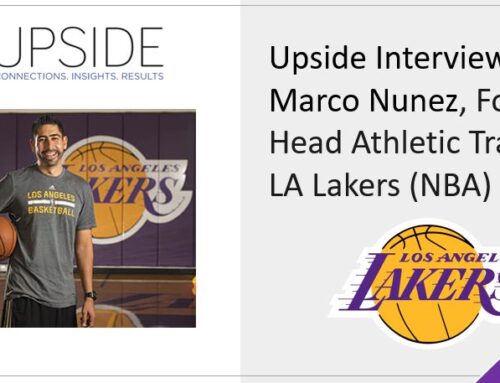
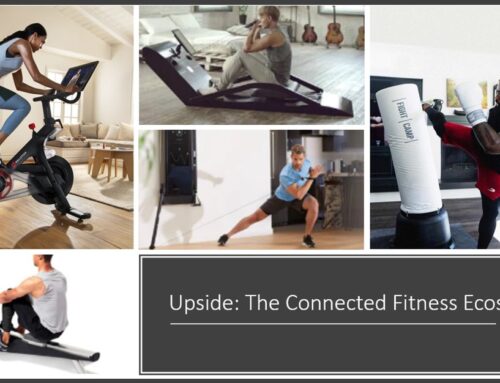

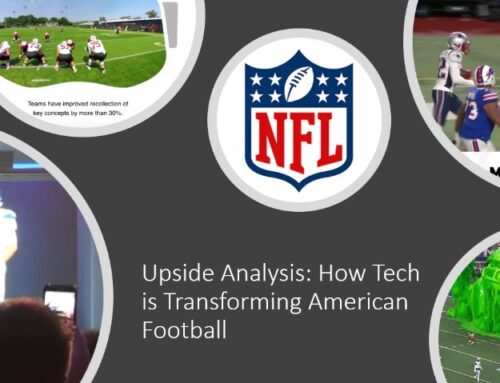
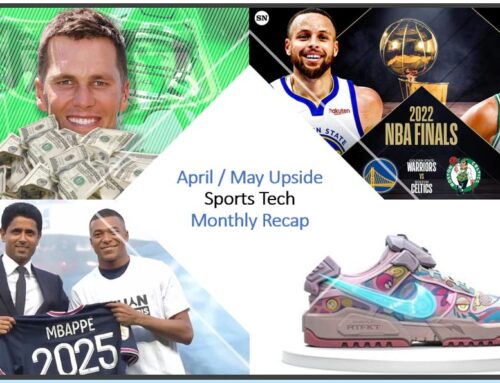
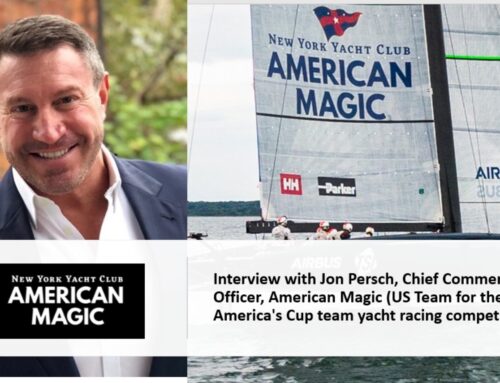

Leave A Comment
You must be logged in to post a comment.